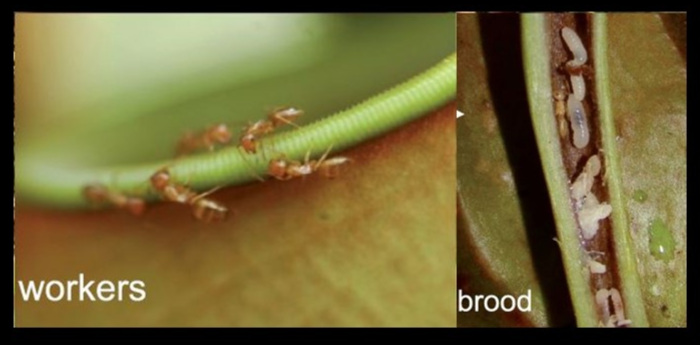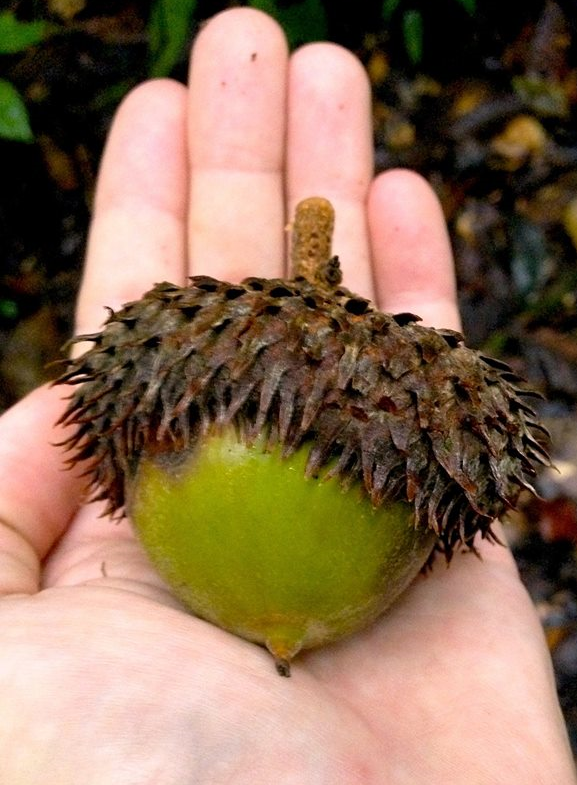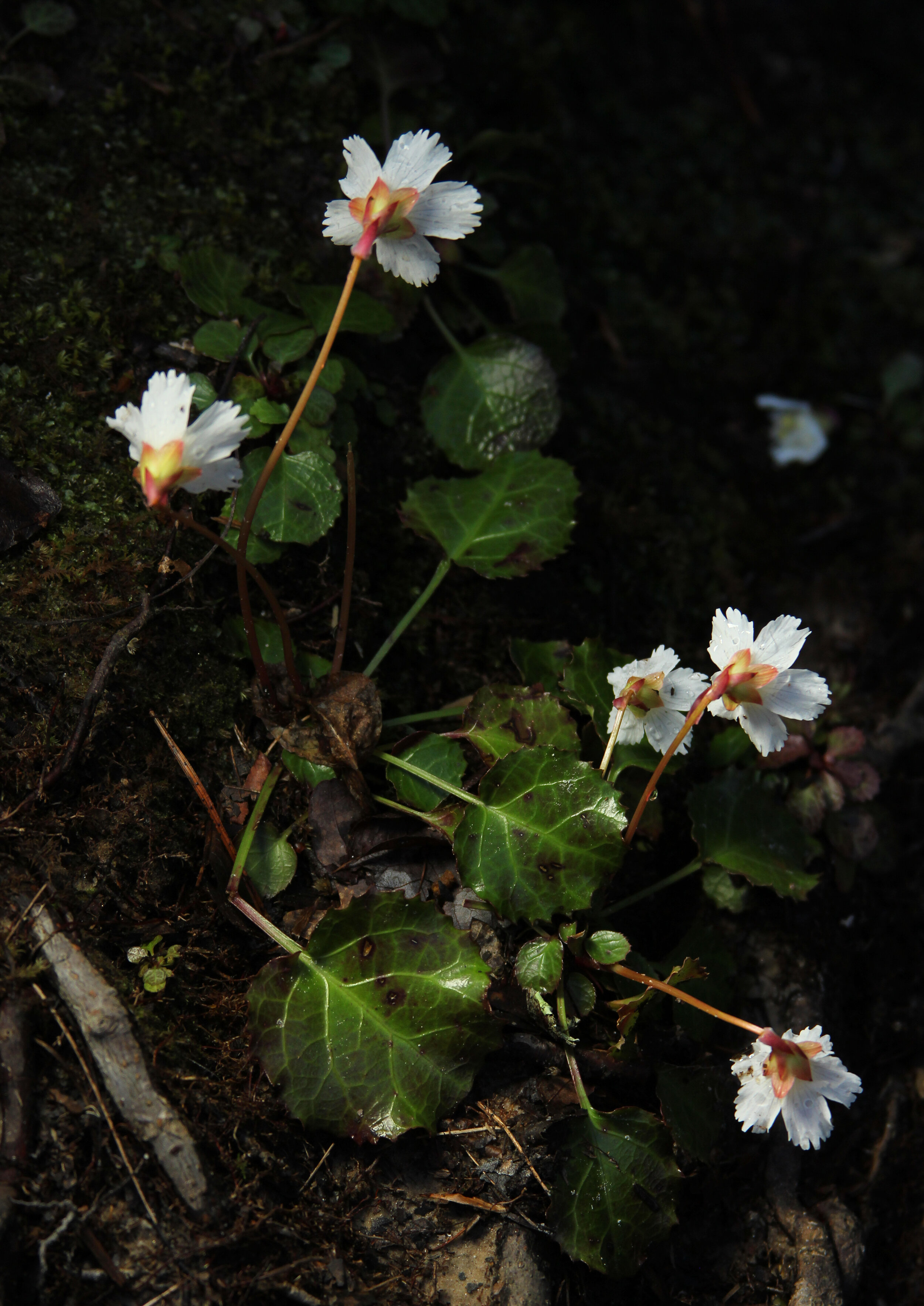Photo by David Eickhoff licensed under CC BY 2.0
Islands are known for their interesting flora and fauna. Until humans came on the scene, colonization events by different species on different islands were probably rare events, with long stretches of time in between. Because of this, islands are interesting experiments in evolution, often having endemic species found nowhere else in the world. Hawai'i was once home to many different kinds of endemic species. One such group are the Hibiscadelphus.
As you may have gathered by the name, Hibiscadelphus is a relative of hibiscus. The Latin name means "brother of Hibiscus." Unlike the widely splayed flowers of their relatives, Hibiscadelphus flowers never fully open. Instead, they form a tubular structure with a curved lower lip. The genus consists of 7 species. Four of these have gone completely extinct, two are only maintained in cultivation, and the remainder is barely holding on. There have been attempts to reestablish some species into other portions of their range but due to hybridization, these attempts were ceased. In my opinion this is a shame. In this case, a hybrid is better than losing both parental species and it would still be uniquely Hawaiian.
Why are Hibiscadelphus so rare? Well, humans have a sad history when it comes to colonizing islands. They bring with them a multitude of invasive species at a rate in which the local flora and fauna cannot adapt. They change the land through cultivation and development as well as by subduing natural fire regimes. Also, they wipe out keystone species, which causes a ripple effect throughout the environment. Hibiscadelphus have faced all of these threats and more. Pigs and rats eat their seeds, their habitats have been turned over for the ever-increasing human population, fires have been stopped, and some of their pollinators, the endemic honeycreepers, have also been driven to extinction thanks to avian pox and malaria. Sadly, this is a story that repeats itself time and time again all over the world. For now, the future of Hibiscadelphus is rather bleak.
Photo Credit: David Eickhoff
Further Reading:




























